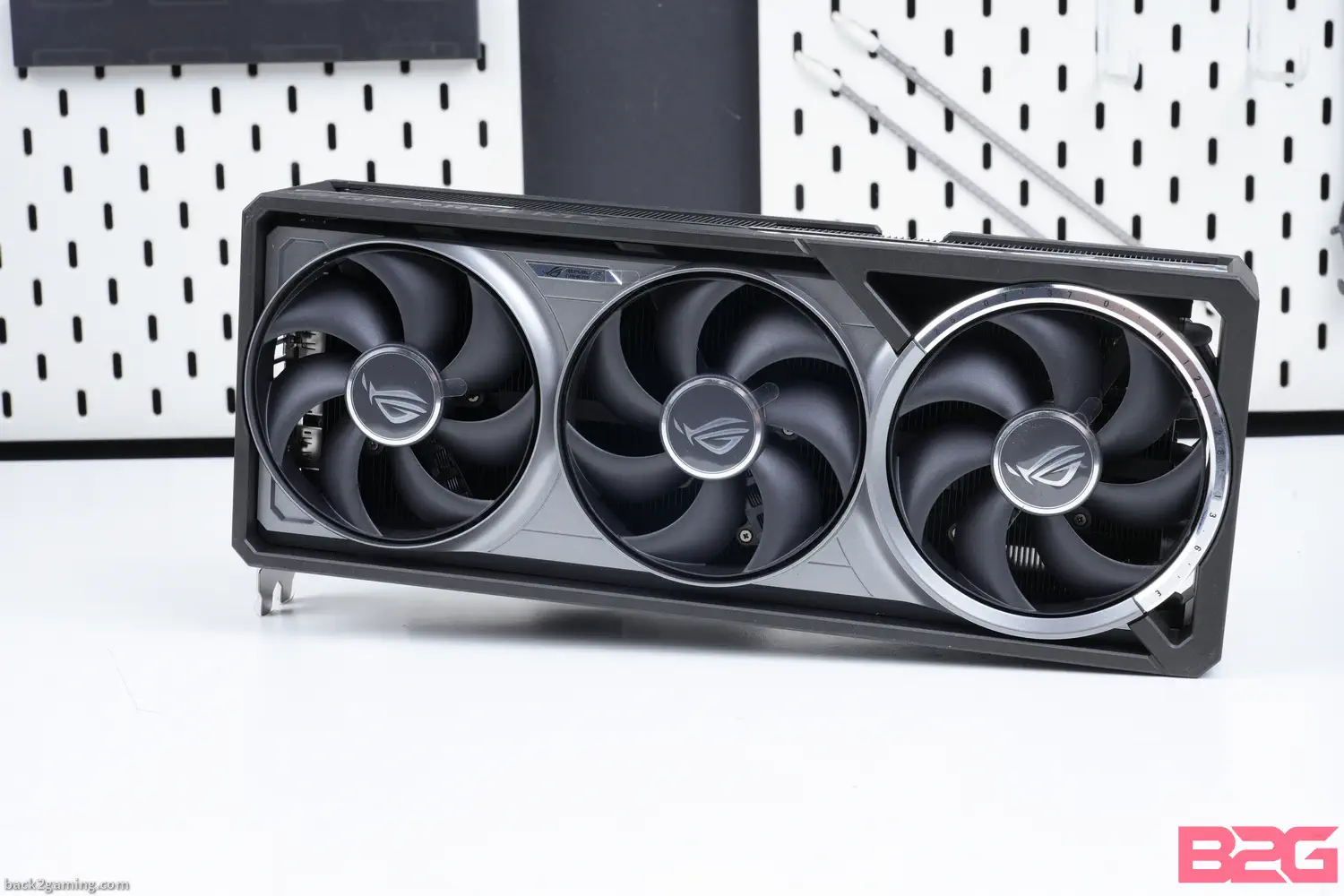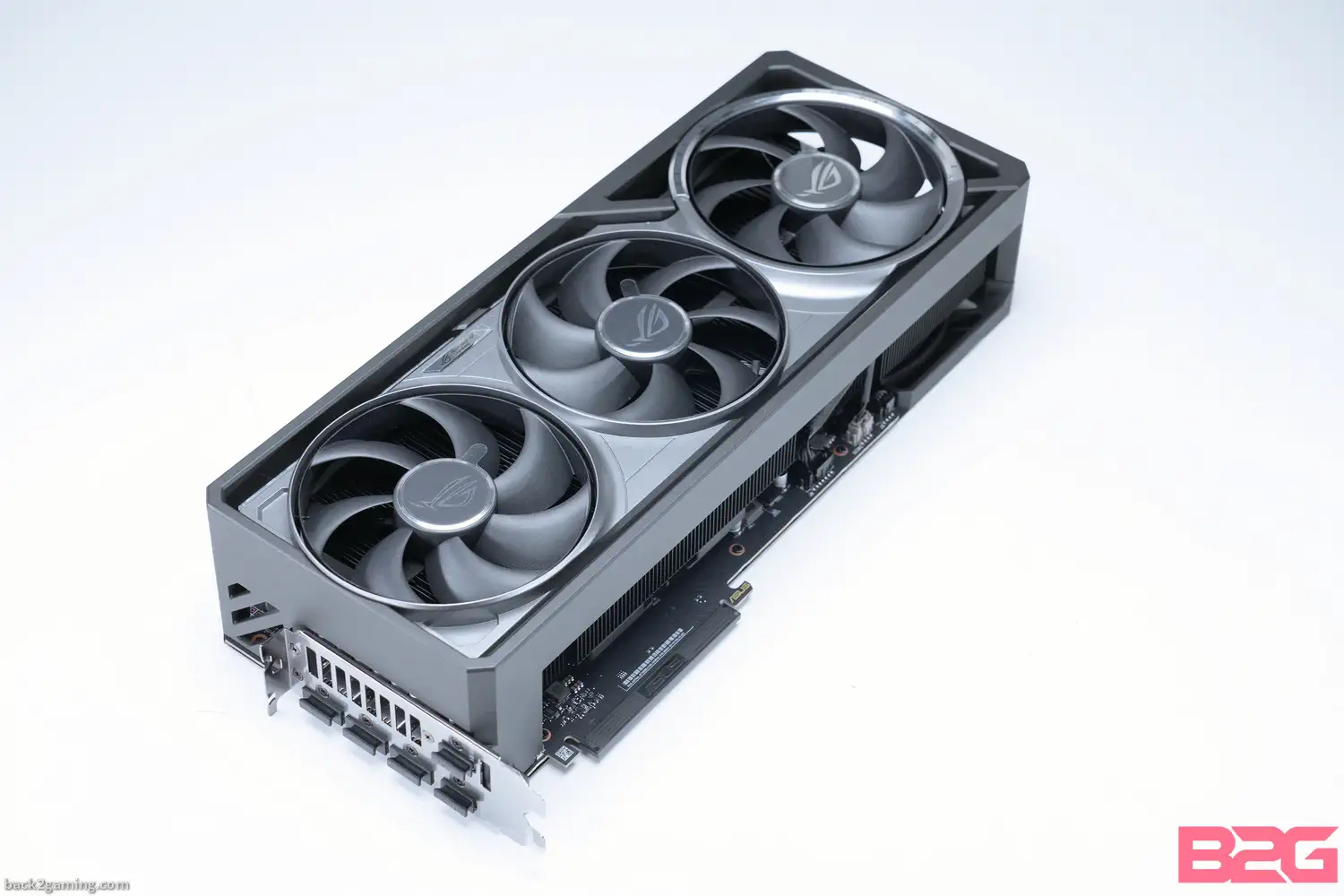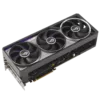ASUS has always had a predictable release cadence when it comes to their graphics cards. While they have added more sub-series into their offering with the new TUF GAMING and PRIME graphics cards joining in, in the past 10 years it was almost always an ROG Strix to be the flag carrier of the ASUS GPU offering which in itself displaced a historic run for the ASUS DirectCU series.
This sequence is capped off by the release of an ROG card. A true ROG in name, performance, features, and price. ROG family graphics cards are as exotic as they are limited, only being released in limited quantities and affording extortionate prices. They usually come during the middle of a GPU life cycle but ASUS is changing that with the RTX 50.
The release of the NVIDIA GeForce RTX 50 series GPU saw the announcement of new cards and the crowning glory of the ASUS launch product stack is the ROG Astral graphics cards. Potentially a sub-series much like the ROG Strix, it is still marketed as a true ROG model graphics card with the ROG ASTRAL RTX 5090 and ASTRAL RTX 5080 being the flag carrier of the family.
The ROG ASTRAL follows ASUS’ newfound love for space-related names but applies to their modern ROG styling. Aside from the size, the ROG Astral is a big departure from those that are used to the look of the ROG Strix of the RTX 40-series. Its a direct successor of the ROG Matrix, the pinnacle model of all ROG models. With the RTX 50, ASUS ROG splits the seat of the head of the table in two directions: the ROG Astral featuring a massive air-cooling solution, and the ROG Astral LC which uses a similar AIO liquid cooling solution like the ROG Matrix RTX 4090.
The new ROG Astral RTX is available in a factory OC’d model and supposedly a non-OC version. Both already carry slight factory OCs with the OC mode further boosting the card to 2670Mhz and 2790Mhz for the base and OC model, respectively.
In this review, we’ll be reviewing the most polarizing card from the RTX 50 launch spawning memes and an actual gold version for the Middle East. Read on to find out more about the ASUS ROG ASTRAL RTX 5080 OC graphics card!
NVIDIA RTX 50
NVIDIA’s RTX 50-series launch was the worst-kept secret of 2024 and leading up to the first of 2025, the tech world was ready to see what NVIDIA has in-store in hopes of turning things around for the DIY PC space which has been seeing dwindling interest lately no thanks to both Intel and AMD, albeit the Ryzen 7 9800X3D was an expected exception.
Powered by Blackwell, NVIDIA’s domination over machine learning and deep learning has put ray tracing to the wayside focusing on improving the visual experience with the introduction of Neural Rendering.
NVIDIA describes neural rendering as their direction for modern graphics integrating generative AI models to assist in scenes going further than just ray reconstruction. Blackwell introduces Mega Geometry but the most notable development here amongst all is the introduction of Multi-Frame Generation. The next stage of DLSS, DLSS4 brings Multi-Frame Generation enabled by the Blackwell architecture enabling up to 3 more frames to be generated following a single rendered frame, effectively a 4x multiplier. A newer Transformer-based model for DLSS bumps up all DLSS releases benefiting not just the RTX 50 but even previous RTX cards.
All of this is built on a more conservative hardware stack on the GB203 silicon for the RTX 5080. Packing 10752 CUDA cores complemented by 16GB of GDDR7 video memory wired to a 256-bit wide bus resulting in a 960GB/s bandwidth versus the 770GB/s of the RTX 4080.
The RTX 5080 features a base clock of 2295Mhz and a turbo clock of 2617Mhz. Our review unit has a software toggle to activate OC mode to go from 2760Mhz to 2790Mhz on the ROG ASTRAL RTX 5080 OC SKU.
| Model | CUDA Cores | Base Clock (GHz) | Boost Clock (GHz) | Memory Clock (Gbps) | GPU | Memory | Memory Interface Width | Ray Tracing Cores | Tensor Cores | AI TOPS | Ray Tracing Performance (TFLOPS) | DLSS Version |
|---|---|---|---|---|---|---|---|---|---|---|---|---|
| GeForce RTX 5080 | 10,752 | 2.30 | 2.62 | 30 | GB203 | 16 GB GDDR7 | 256-bit | 4th Gen | 5th Gen | 1,801 | 171 | DLSS 4 |
| ROG ASTRAL RTX 5080 16G GAMING | 10,752 | 2.30 | 2.64 (OC Mode 2.67) | 30 | GB203 | 16 GB GDDR7 | 256-bit | 4th Gen | 5th Gen | 1,801 | 171 | DLSS 4 |
| ROG ASTRAL RTX 5080 O16G GAMING | 10,752 | 2.30 | 2.76 (OC Mode 2.79) | 30 | GB203 | 16 GB GDDR7 | 256-bit | 4th Gen | 5th Gen | 1,801 | 175 | DLSS 4 |
| GeForce RTX 5090 | 21,760 | 2.01 | 2.41 | 28 | GB202 | 32 GB GDDR7 | 512-bit | 4th Gen | 5th Gen | 3,352 | 318 | DLSS 4 |
| GeForce RTX 4090 | 16,384 | 2.23 | 2.52 | 21 | AD102 | 24 GB GDDR6X | 384-bit | 3rd Gen | 4th Gen | N/A | 191 | DLSS 3 |
| GeForce RTX 4080 | 9,728 | 2.21 | 2.51 | 22.4 | AD103 | 16 GB GDDR6X | 256-bit | 3rd Gen | 4th Gen | N/A | 112 | DLSS 3 |
| GeForce RTX 3080 | 8,704 | 1.44 | 1.71 | 19 | GA102 | 10 GB GDDR6X | 320-bit | 2nd Gen | 3rd Gen | N/A | 58 | DLSS 2 |
| GeForce GTX 1080 Ti | 3,584 | 1.48 | 1.58 | 11 | GP102 | 11 GB GDDR5X | 352-bit | N/A | N/A | N/A | N/A |
Official product page – ROG ASTRAL RTX 5080 OC









1 Comment
Great post! Very informative.
chill guy clicker